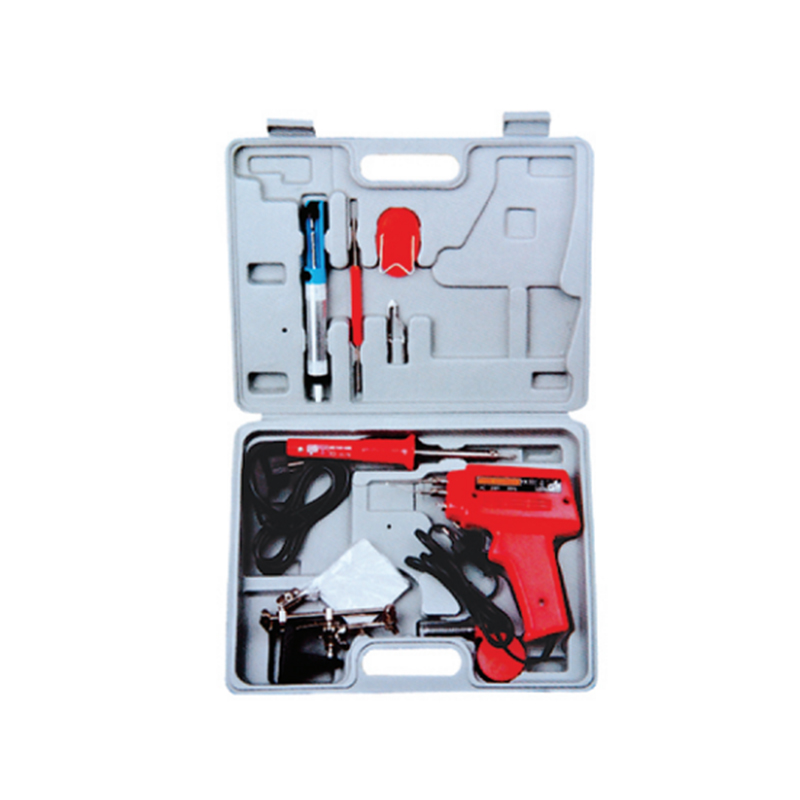How does the design of the soldering gun tip affect heat transfer efficiency and temperature uniformity during soldering?
The design of the soldering gun tip plays a critical role in heat transfer efficiency and temperature uniformity during soldering. Here’s a detailed explanation:
Tip Shape and Size:
Heat Transfer: The shape and size of the soldering gun tip determine the surface area in contact with the solder joint. A larger tip can transfer heat more quickly due to increased contact area, while a smaller tip may provide more localized heating.
Temperature Uniformity: A well-designed tip ensures uniform distribution of heat across its surface. Irregularities in shape or size can lead to hot spots or uneven heating, affecting solder flow and joint quality.
Material Composition:
Heat Conduction: The material from which the tip is made influences its thermal conductivity. Metals like copper or iron are commonly used due to their excellent heat conduction properties, allowing for efficient heat transfer from the heating element to the solder joint.
Temperature Control: Materials with high thermal conductivity facilitate rapid heat transfer, but they also require effective temperature control mechanisms to maintain uniform temperatures and prevent overheating.
Coating or Plating:
Protection and Efficiency: Some soldering tips are coated or plated with materials like iron, nickel, or chromium to enhance durability and soldering efficiency. These coatings can improve thermal stability, reduce oxidation, and facilitate smooth solder flow.
Impact on Heat Transfer: Coatings or platings can affect how heat is transferred from the tip to the solder joint. They may alter the surface characteristics of the tip, influencing adhesion and thermal transfer efficiency.

Geometry and Surface Texture:
Heat Distribution: The geometry of the tip, including its taper, flatness, or chisel shape, determines how heat is distributed during soldering. A well-designed tip geometry promotes even heating and helps maintain consistent soldering temperatures.
Surface Texture: Smooth surfaces typically enhance heat transfer efficiency by minimizing heat loss through radiation or convection. Texture variations, such as grooves or roughness, can impact solder flow and joint formation.
Temperature Regulation:
Control Systems: Advanced soldering guns feature temperature regulation systems that monitor and adjust tip temperature. This ensures precise control over heating, promoting uniformity throughout the soldering process and reducing the risk of thermal damage to components.
The design of the soldering gun tip influences heat transfer efficiency and temperature uniformity by optimizing contact area, selecting appropriate materials with high thermal conductivity, applying protective coatings, shaping for optimal heat distribution, and integrating effective temperature regulation mechanisms. These factors collectively enhance soldering performance, ensuring consistent and reliable solder joints in electronic assembly and repair applications.

 English
English 中文简体
中文简体












